Are you worried that some of the pictures or graphics on your projector are beginning to look a bit choppy or pixelated? If so, then you’re not alone. Many people who use projectors in their homes and businesses experience this issue, and it can be extremely frustrating. Luckily, there may be a few things you can do to attempt to fix it before calling for tech support. In this blog post, we’ll explore all the possible causes of why your projector looks pixelated and how to go about fixing them in order of difficulty—so keep reading if you want to make sure your images appear as sharp as ever!
Main Types of Projectors
Projectors are a great tool for businesses, organizations, and classrooms to use in order to create visual experiences that will have a lasting impact on their audience. With the right projector, any presentation can be made more interesting and interactive. But which type of projector is right for your needs? Let’s take a look at some of the main types of projectors that are available. [1]
- DLP Projectors offer a high-quality picture with excellent contrast and sharpness, but typically result in a lower cost of ownership due to their low power consumption and small size. DLP projectors also have the advantage of being able to project onto almost any surface, including walls or ceilings.
- LCD Projectors are often preferred in environments where presentations need to be made more visible for a larger group of people as they typically offer greater brightness and clarity. LCD projectors can also produce vibrant colors, making them perfect for multimedia applications such as gaming or HD movies.
- LED projectors are quickly becoming the go-to choice among professionals due to their incredibly long life span, low power consumption, and small size. LED projectors also offer an exceptionally bright output with vibrant colors, making them a great choice for classrooms and auditoriums.
- SVGA projectors are designed to provide optimal resolution for computer-based presentations and multimedia applications. SVGA is the de facto standard when it comes to most visuals that require high resolution, such as video and movie playback.
- Laser projectors are quickly becoming the preferred choice for businesses as they offer a higher level of brightness combined with exceptional color accuracy and detail. Laser projectors also have the advantage of being able to operate in both dark and bright environments without requiring any focus adjustments. [2]
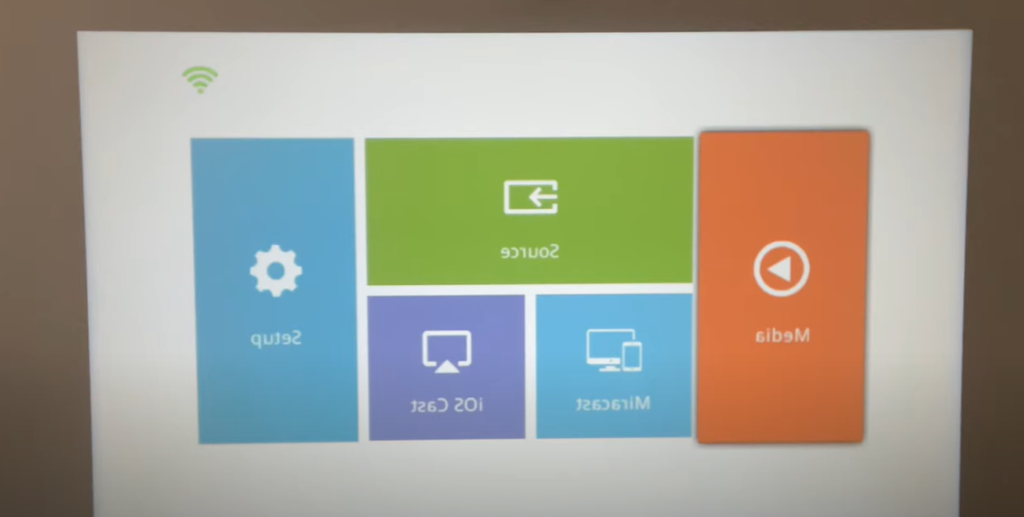
What are the Pros and Cons of Projectors?
Projectors provide a great way to make presentations or watch movies at home. They give you the ability to view high-quality images from a distance and also provide convenience since they are relatively inexpensive and easy to set up. However, there are some pros and cons of using projectors that should be taken into consideration before making a purchase. [3]
Pros
- Large Screen: One of the main advantages of using a projector is having the ability to display images and videos on a large scale. This can be especially useful for presentations or watching movies, as it allows viewers to get an immersive experience in larger group settings.
- Mobility: You can easily move the projector from one room to another and set it up quickly wherever you want. This makes it more convenient than having to purchase multiple televisions or monitors.
- Low Cost: Projectors are generally more affordable than other display options such as TVs, making them great for budget-conscious buyers.
- Portability: Another advantage of projectors is their portability – they can be easily transported and set up in different locations, making them a great choice for anyone who needs to show images or videos away from home.
- Easy Setup: Projectors are relatively easy to set up and configure, making them a great option for those who may not be tech-savvy.
Cons
- Bulb Life: One of the main drawbacks of using a projector is the relatively short bulb life. Depending on how often the projector is used, a bulb will usually need to be replaced after 1-3 years.
- Image Quality: Projectors do not typically provide as high of image quality as other display options such as TVs or monitors. This means that for viewers who are more concerned about image quality, a projector may not be the best option.
- Brightness: Projectors may not provide sufficient brightness in well-lit rooms, making them unsuitable for brightly lit areas. This could make it difficult to view images or videos clearly, especially in larger group settings. [4]
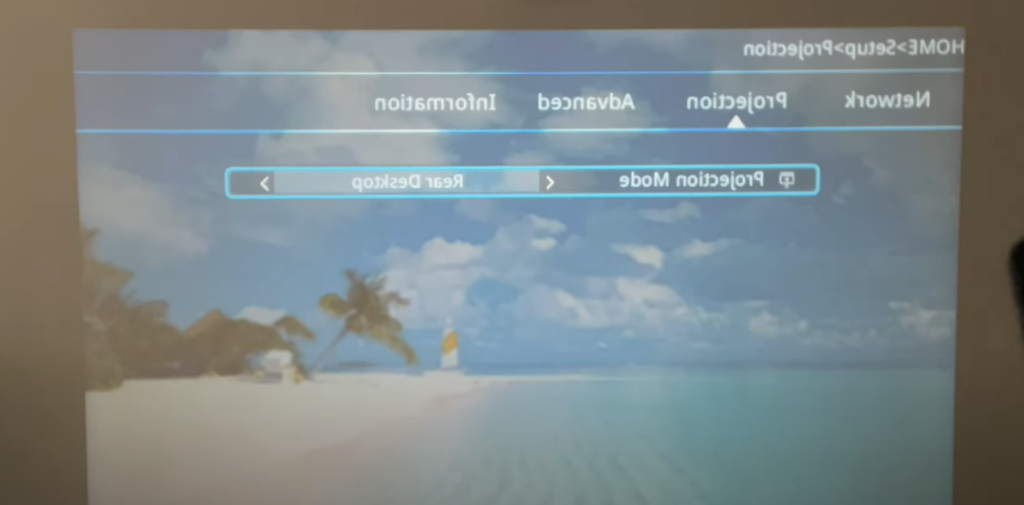
What Problems Can Happen with Projector Operation?
It is crucial to be aware of the potential problems that can occur when operating projectors. While most projector models are designed with high durability and dependability, they can still suffer from technical issues or display problems if not properly maintained or handled. Common projector operation problems include:
- Poor image quality – Image quality issues such as keystoning, color accuracy, brightness and contrast can occur due to incorrect placement or setting up of the projector. Additionally, dust and dirt buildup in the lens can further affect image quality.
- Bulb failure – This is one of the most common issues with projectors since its bulbs need to be replaced regularly. It is important to check your projector’s specifications for the bulb life expectancy and lifetime usage.
- Poor sound quality – This can be caused by the projector’s built-in speakers or from an external audio system connected to the projector. In either case, it is important to check for any potential issues with speaker placement or settings before troubleshooting further.
- Overheating – Overheating can occur due to poor ventilation or from dust buildup inside the projector. In order to prevent this, it is important to keep the environment around the projector clean and free of obstructions.
- Projector connection issues – Connection problems can happen when connecting a projector to another device. This could be caused by incorrect cable connections, faulty cables, or incompatible video and audio formats. [5]
What are the Display Problems with Projector?
Projectors are an invaluable tool for presenting to large audiences, and they can be a great help in any educational or professional setting. Unfortunately, like with any technology, display problems can arise when using projectors. Some of the most common display issues include:
- Poor brightness: If your projector’s image is too dark, it can be difficult for audiences to make out. You may need to adjust the settings on your projector to increase the overall brightness of the display.
- Intense colors: Sometimes projectors can produce images that are too vibrant or intense in color. This can be distracting and take away from the intended message. You may need to adjust the color settings on your projector to get a more muted, but still accurate, hue.
- Poor focus: If the image is blurry or out of focus, it can be hard for an audience to make out what is being displayed. This issue can often be fixed by adjusting the focus settings on your projector and making sure that the lens is properly aligned.
- Burned-in images: If you’ve used the same projector or image for an extended period of time, the display may start to have a burned-in image issue. This can happen when the same image has been displayed on the screen for too long and your projector needs calibration to fix this issue. [6]
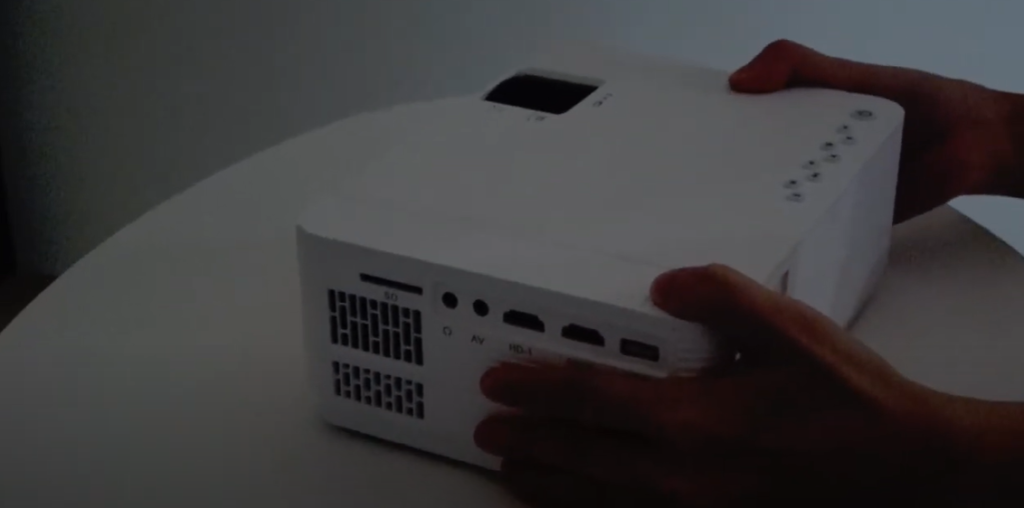
What Affects Projector Pixelation?
Pixelation is an issue that affects the clarity of images when projected using a projector. It occurs when individual pixels are visible, which results in blurry or jagged images. The amount of pixelation and its visibility to the naked eye depends on several different factors, such as projector settings, input source resolution, screen size, and viewing distance.
Projector settings play an important role in controlling pixelation. Adjusting the sharpness and contrast settings can help reduce pixelation and improve image clarity. Additionally, selecting the appropriate color mode for a given environment can also help minimize visible pixelation by providing more realistic colors, shadows, and highlights.
Screen size can also have an effect on pixelation. If too small, pixels may be more visible, resulting in noticeable pixelation; if too large, the image may become blurry due to the stretching of the pixels. Therefore, it is important to select an appropriate screen size for the intended viewing distance and resolution of the source material in order to ensure optimal display quality. [7]
How to Fix Projector Looks Pixelated?
If your projector is looking pixelated, it can be very annoying and make it difficult to watch movies or presentations. Luckily, there are a few easy steps that you can take to get your projector back to looking clear and crisp again.
1st Step: Check the Image Resolution
Your projector’s image resolution may be set too low, which can cause the picture to look pixelated. To fix this, make sure that your projector is set to its maximum resolution. You can do this by going into the Settings menu of your projector and changing the resolution under Display Setup.
2nd Step: Adjust the Sharpness
If the picture still appears pixelated after setting the resolution to its maximum, you may need to adjust the sharpness of your projector. This can be done in the same Display Setup menu and will require some trial and error before finding the perfect balance for your needs.
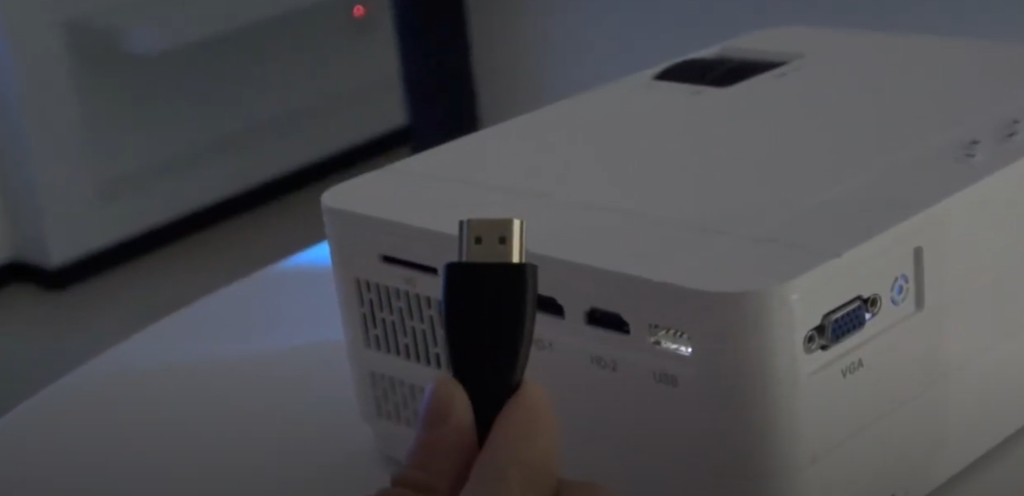
3rd Step: Clean Your Projector’s Lens
You may find that cleaning your projector’s lens might help to improve the clarity of the image. Be sure to use a lens cleaning kit or lint-free cloth when cleaning the lens, as anything else can damage it and make it more difficult for light to pass through.
4th Step: Try a Different Input Source
If your projector is still not looking sharp and clear, you may need to try using a different input source. Depending on the type of projector you have, there may be other ports for connecting devices such as computers or Blu-ray players that will provide better image quality than something like an HDMI cable.
5th Step: Update Your Projector’s Firmware
If all of the above steps fail, you may need to update the firmware of your projector. This can be done by downloading the latest software from the manufacturer’s website and following their instructions for updating it. [8]
How To Maintain The Projector?
Having a projector in your office or home is a great way to make presentations, watch movies or even play video games. However, if you don’t maintain it properly, the quality of the images produced by the projector can start to deteriorate. Here are some tips on how you can keep your projector running at its best:
Cleaning
Keep the lens of your projector clean. Dust and dirt can obstruct the light, resulting in a poor image quality. Gently wipe the lens with a soft cloth to remove any debris.
Temperature
Projectors tend to overheat easily, as they emit a lot of heat. Make sure that the room where you keep your projector is well-ventilated and not too hot. If the room is too warm, the projector may have to work harder than normal, leading to a reduced lifespan.
Bulbs
If your bulbs are over two years old, it’s time to replace them. This will help keep the picture quality crisp and prevent overheating. Make sure that you purchase bulbs that are compatible with your projector model.
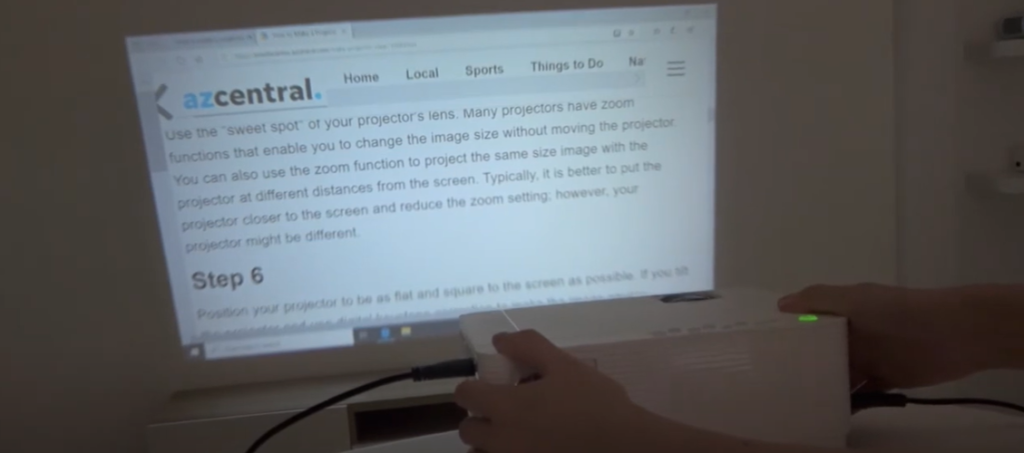
Maintenance
Keep your projector updated with the latest firmware and software. Regularly check for updates on the manufacturer’s website to make sure you have the most recent version. This will help ensure that everything is working properly, and may even improve performance.
Dust
Dust can build up inside the projector and lead to overheating or decreased performance. Give your projector a good cleaning at least once every few months to keep it running smoothly. Use compressed air to clean out any dust or debris from the interior of the projector, and make sure that all vents are free from obstruction.
Cooling System
If your projector has an internal cooling system, make sure it is functioning properly. Check the fan and filter to make sure that they are in good condition. If necessary, replace them with new parts. [9]
FAQs
Why are projectors not clear?
Projectors can have a lack of clarity due to a number of factors, including incorrect positioning or distance from the screen, using an old projector bulb, or having dust accumulation on lenses. To ensure optimal quality and clarity, make sure your projector is in the right position and that all components are regularly maintained. Changing the bulb every few years can also greatly improve image quality.
How do I fix my projector image?
If your projector image is distorted, blurry, or out of focus there are some steps you can take to fix the issue.
- Check that all cables are firmly connected. Make sure all the power and video connections are secure between your device and the projector. If necessary, try using different cable types to ensure the best connection possible.
- Check the projector’s settings. Make sure the image is centered, sized correctly, and that the color temperature is correct. If you need help adjusting these settings, refer to your projector’s manual for instructions.
- Adjust the projector lens to focus the image properly. Your projector may have an auto-focus feature or require manual adjustments using the focus ring. If the projector does not have a focus ring, you may need to adjust the position of the projector to make sure it is aimed directly at your screen.
- Check that there is nothing blocking the light path between the projector and the screen. Make sure any curtains or other objects are out of sight so they don’t obstruct the projector’s output.
How do you fix a skewed projector image?
Start by centering the projector on the projection surface: most projectors have adjustable feet that you can use to adjust the angle of the projection so that it is perfectly aligned with the wall or screen. If you are using a ceiling mount, make sure that the projector is mounted correctly and calibrated properly.
Once the projector is physically centered, use the keystone correction feature within your projector’s menu settings to fine-tune the alignment of the image until it is perfectly square on all four corners. You may also need to adjust the zoom level or aspect ratio of the image depending on the size and shape of your projection surface.
Why do projectors look washed out?
Projectors typically appear to have a washed-out look compared to other digital displays like TVs or monitors. This is due to two main factors: the type of bulb inside the projector, and the distance between the projector and its projection surface.
The most common bulbs used in projectors are LCD (Liquid Crystal Display) and DLP (Digital Light Processing) bulbs, and both have a limited brightness range. Without a bright bulb, the projected image can look dull or grayish compared to other displays.
Projectors also tend to be placed at some distance from their projection surface – this affects the amount of light emitted by the bulb. If the projector is too far away, some of that light might be lost, resulting in a washed-out look.
Useful Video: How To FIx Jinhoo Projector Blurry
Wrapping Up
Overall, the key to avoiding pixelated images on your projector is to make sure that the resolution of your projector matches that of the device you’re connecting it to. Fortunately, this can usually be accomplished without too much difficulty. Before you make any permanent changes, see if fine tuning the settings on both devices offers a solution. If not, then try different cables or resolutions until your image appears crisp and clear. Most importantly, don’t give up! With patience and a few adjustments here and there, you’ll be able to fix any projector look-related issue with ease. So what are you waiting for? Get going now and ensure that your home entertainment system looks perfect so that you can enjoy watching movies, gaming, or whatever else you’d like without dealing with distorted imagery.
References:
- https://www.moglix.com/articles/types-of-projectors-based-on-their-applications
- https://www.newvisiontheatres.com/types-of-projectors
- https://www.zelect.in/projector/what-are-the-advantage-and-disadvantage-of-projector
- http://www.hdtvsolutions.com/big_picture_projectors.htm
- https://pointerclicker.com/projector-display-problems/
- https://www.projectorscreen.com/blog/Projector-Troubleshooting-For-Common-Issues
- https://projectorpool.com/why-does-the-projector-pixelated/
- https://projectorsempire.com/why-is-my-mini-projector-so-pixelated/
- https://cyberschooltech.co.ug/taking-care-of-your-projector/

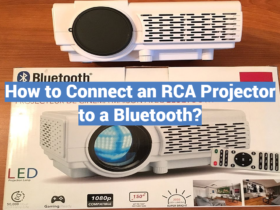


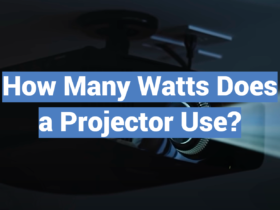
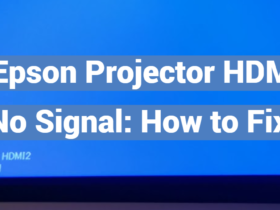
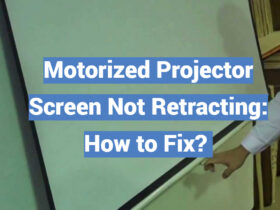
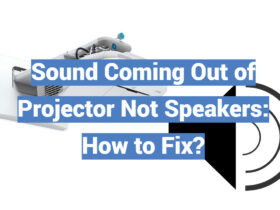
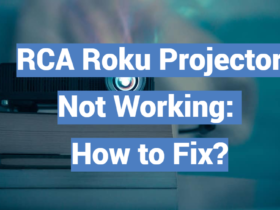
Leave a Review